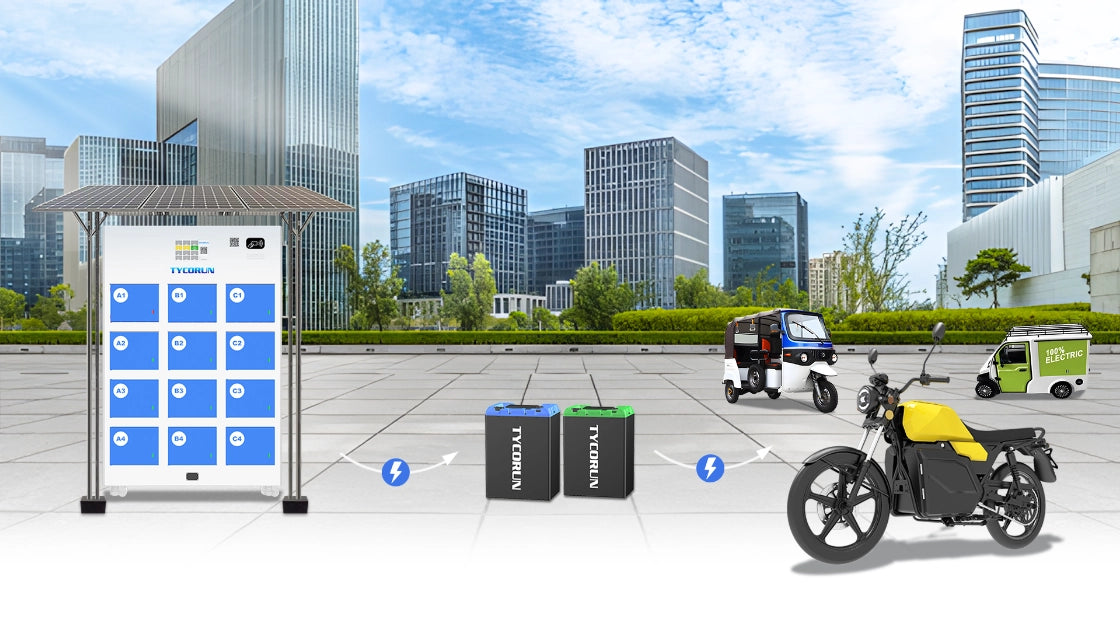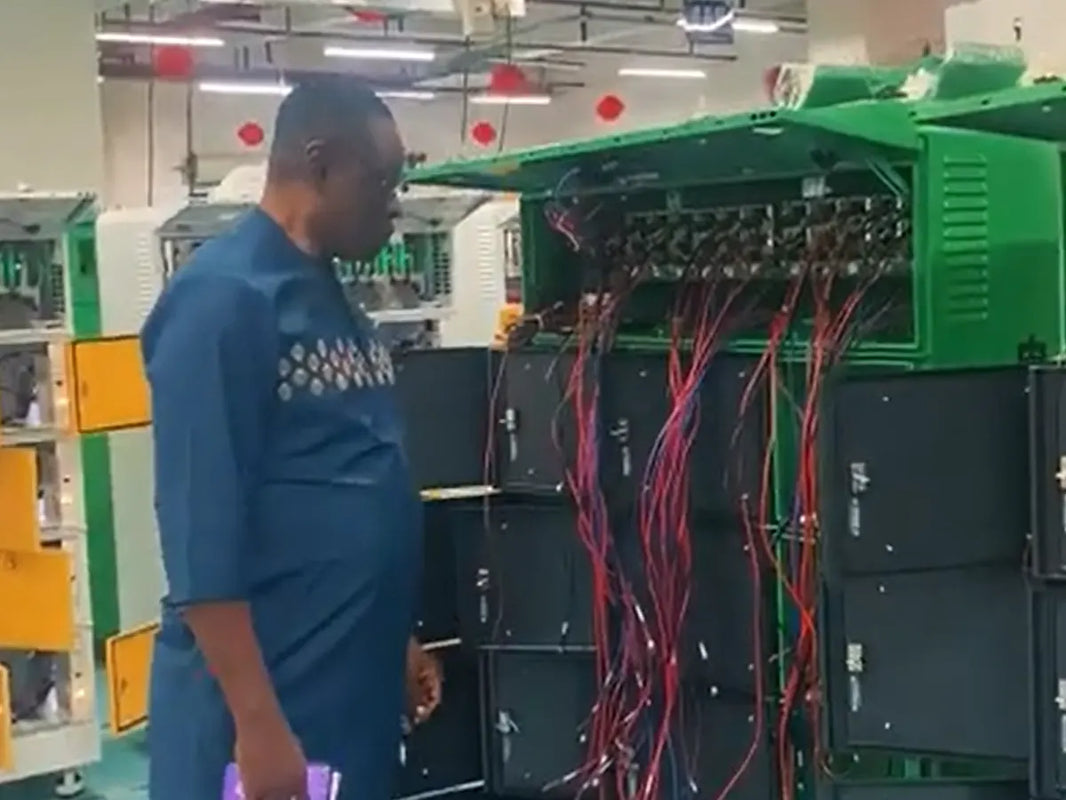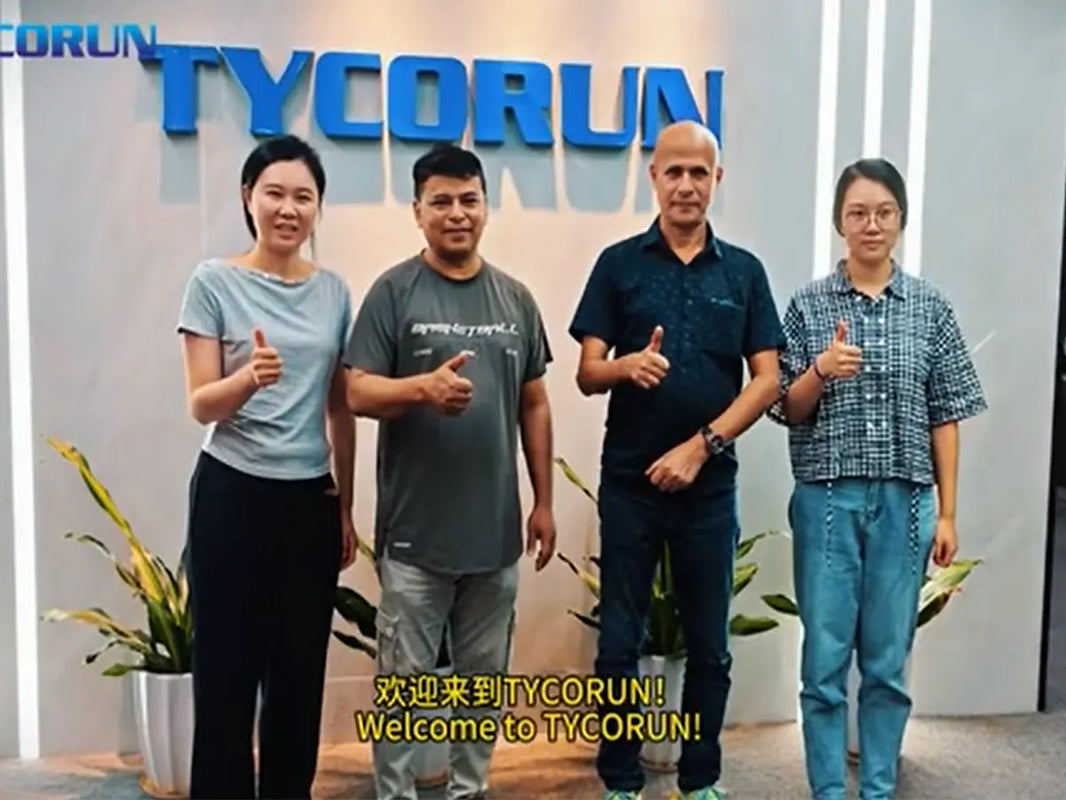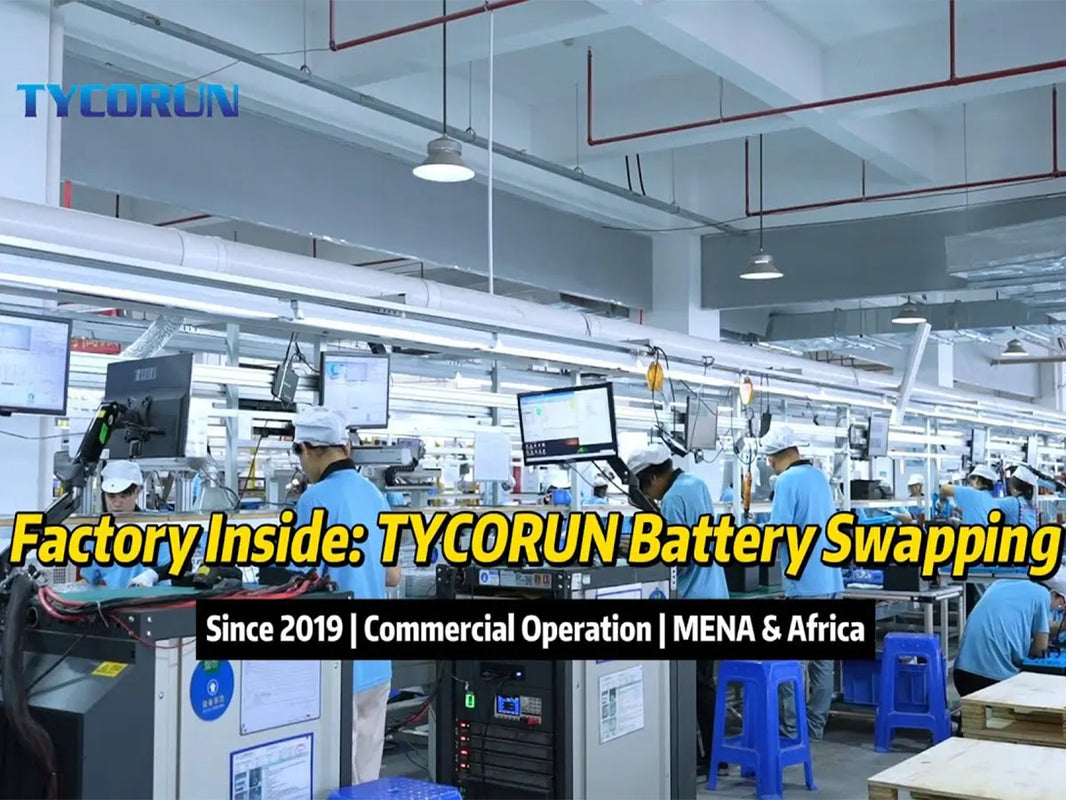
Main content:
Lithium ion batteries are an important rechargeable battery that serves as the primary energy source for modern electronic devices and are widely used in various fields such as portable devices, electric vehicles, and energy storage systems. The working principle of lithium-ion batteries involves various redox reactions.
This article will introduce lithium oxidation from its definition, causes, negative impacts on lithium batteries, to recommending high-quality batteries for purchase.
What is lithium oxidation
Lithium ion batteries consist of a positive electrode, a negative electrode, a battery separator, and an electrolyte. The positive electrode is usually composed of materials such as lithium manganese cobalt oxide (LiCoO2) and lithium iron phosphate (LiFePO4), while the negative electrode is made of graphite or silicon-based materials. The diaphragm serves to isolate the positive and negative electrodes, while the electrolyte provides a medium for ion transport.
The lithium oxidation involve multiple physical and chemical processes. During the charging and discharging process, the positive electrode is the first place where redox reactions occur. Negative electrode reaction is another important redox reaction during the charging and discharging process of lithium-ion batteries. Lithium ions are transported between the positive and negative electrodes through ion transport in the electrolyte. On the surface of positive and negative electrode materials, lithium ions undergo intercalation or deintercalation reactions with the material, triggering redox reactions.
The lithium oxidation reaction and the reduction reaction of negative electrode materials work together to generate electrical energy. Lithium ions move back and forth between the positive and negative electrodes during charging and discharging, completing a complete discharge cycle.
Understanding the lithium oxidation reactions of lithium-ion batteries is of great significance for their application and maintenance.

Influence of lithium oxidation in battery
Lithium oxidation reaction plays a crucial role in the charging and discharging process of lithium batteries.
The lithium oxidation reaction determines the charging voltage of lithium batteries. The higher the oxidation potential of the positive electrode material, the higher the charging voltage of the lithium battery, thereby increasing the energy density of the battery.
The rate and reversibility of lithium oxidation reactions affect the charging and discharging performance of lithium batteries. Fast and reversible oxidation reactions are beneficial for improving the charging and discharging speed and cycle life of lithium batteries.
The oxidation reaction is closely related to the safety performance of lithium batteries.

Changes in electrode volume
During the charging and discharging process, lithium ions will be embedded and deintercalated in the positive and negative electrodes, causing changes in the volume of the electrode material and forming mechanical stress. During the discharge process, the negative electrode material undergoes volume shrinkage due to lithium removal, while the positive electrode material undergoes volume expansion due to lithium insertion. When the volume shrinkage of the negative electrode is greater than the volume expansion of the positive electrode, the external performance of the battery will be a total volume shrinkage, otherwise the battery will exhibit volume expansion.
During high rate charging, the battery will continue to expand, while during low rate charging, the battery will expand in volume during the early stages of charging, contract during the middle stages of charging, and expand again in the later stages of charging. The volume change of graphite negative electrode under charge and discharge conditions does not exceed 10%, but the stress generated by the volume change during this process still has the possibility of damaging the negative electrode material.
Therefore, the oxidation products formed by excessive charging and discharging of lithium batteries will consume or block the lithium ion channels, causing gas expansion inside the battery, affecting battery heating and safety performance.
Material loss
During charging and discharging, the positive electrode material also undergoes deformation, and compared to the negative electrode material, the positive electrode material is more affected by stress. Research has found that the diffusion process increases the concentration gradient of lithium ions in electrode materials, leading to local volume expansion. This uneven expansion generates diffusion induced stress (DIS). When the diffusion induced stress exceeds a certain threshold, particle breakage and loss of positive electrode material may occur, which is more pronounced during rapid charging and discharging processes. The capacity degradation caused by the loss of electrode active materials, oxidation reactions leading to a decrease in active lithium in the battery, reduces energy storage capacity.
Generate new substances
In lithium-ion batteries, if lithium comes into contact with oxygen and undergoes an oxidation reaction, the formed lithium oxide will form a solid oxide film on the electrode surface. This membrane will hinder the transport of lithium ions, resulting in an increase in internal resistance. Electronic circulation is obstructed, resulting in a decrease in output power. So for batteries, the slower the charging speed, the weaker the discharging ability.

How to prevent the lithium oxidation and protect our batteries
The correct maintenance method can greatly extend its service life and performance. Here are some practical suggestions.
Avoid excessive charging and discharging
When the battery level is below 20%, it should be charged in a timely manner to avoid excessive discharge and damage to the lithium ion battery life. Use original or compatible chargers and follow the charger's instructions to avoid prolonged overcharging.
Stay away from extreme environments
High temperature, humidity, air contact, etc. can cause lithium to combine with oxygen inside lithium batteries. For example, high temperatures can have a negative impact on the performance and lifespan of lithium batteries, so it is important to avoid exposing the battery to high temperature environments.
Regular charging and discharging
When lithium batteries are not used for a long time, it is recommended to perform regular charge and discharge cycles to maintain battery activity. Generally speaking, conducting a charge discharge cycle every few months helps maintain battery performance.
Pay attention to storage conditions
If lithium batteries are not used for a long time, they should be stored in a dry and cool place, avoiding humid and high-temperature environments. Meanwhile, storing the battery in a semi charged state can extend its lifespan, while prolonged disuse or poor storage conditions can also lead to oxidation.
Avoid physical damage
Choosing well packaged batteries, poor packaging processes or impurities may accelerate lithium oxidation. And avoid physical damage operations such as hitting, squeezing, or disassembling lithium batteries, as these actions may cause damage to the internal structure of the battery, affecting performance and safety.
The above are some common maintenance suggestions for lithium batteries, but the specific maintenance methods may vary depending on the battery type, usage scenario, and manufacturer's recommendations. When using lithium batteries, it is best to follow the relevant instructions and manufacturer's recommendations to ensure optimal performance and lifespan.

Advantages of Tycorun’s batteries
High energy density materials
Adopting advanced positive and negative electrode material design, optimizing the distribution of active lithium, making the oxidation process more controllable, reducing oxidation risks, improving redox efficiency, increasing energy density and service life, and ensuring stable battery performance.
Optimize electrolyte formula
Advanced lithium ion battery electrolyte technology reduces the formation of oxidation reaction by-products, improves cycle life and discharge efficiency.
Precision packaging process
Adopting advanced packaging technology, using corrosion-resistant and anti-oxidation high-strength shell materials and high sealing design, ensuring strong battery sealing, effectively preventing oxygen and moisture from entering, reducing the impact of lithium oxidation, and improving safety.
Suitable for various environments
By using special electrolytes and packaging materials, Tycorun batteries can operate stably in environments ranging from 0-45 ℃, making them suitable for various scenarios such as energy storage and electric two wheelers.
Long cycle life
By optimizing the electrode structure and material ratio, the impact of redox reactions on battery life is effectively reduced, and Tycorun batteries exhibit excellent performance in terms of cycle life and performance maintenance.
Tycorun's batteries consider the performance of lithium batteries from multiple aspects, effectively controlling lithium oxidation risks and reducing the occurrence of battery expansion, leakage, overheating, and other problems.
Click the picture and know more about Tycorun's high-quality batteries.
Conclusion
During the charging and discharging process of lithium batteries, the positive electrode undergoes oxidation reaction and the negative electrode undergoes reduction reaction. Lithium oxidation reaction is the process of releasing electrons from positive electrode materials, which has a significant impact on the performance and safety of lithium batteries.
Tycorun uses advanced battery technology, selecting high-quality positive and negative electrode materials, electrolytes, and well packaged batteries to further optimize the oxidation reaction of lithium batteries, ensuring that Tycorun batteries have higher safety performance and a cycle life of up to 4000 cycles, further enhancing their application effectiveness in various electronic devices.
Related articles: Lithium ion battery overcharge, battery state of charge, Top 10 power battery cell manufacturers
















